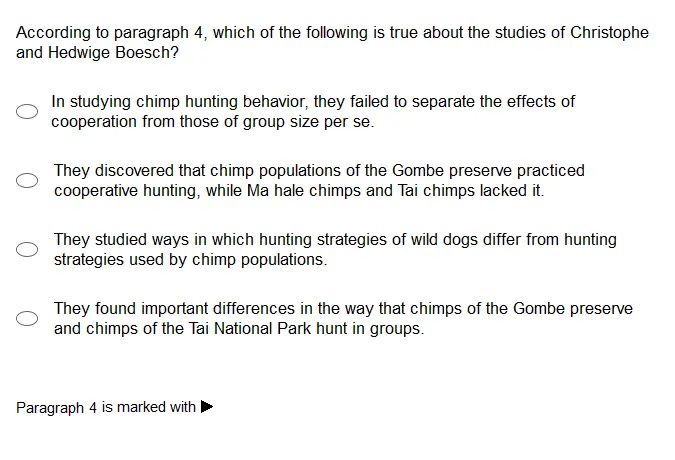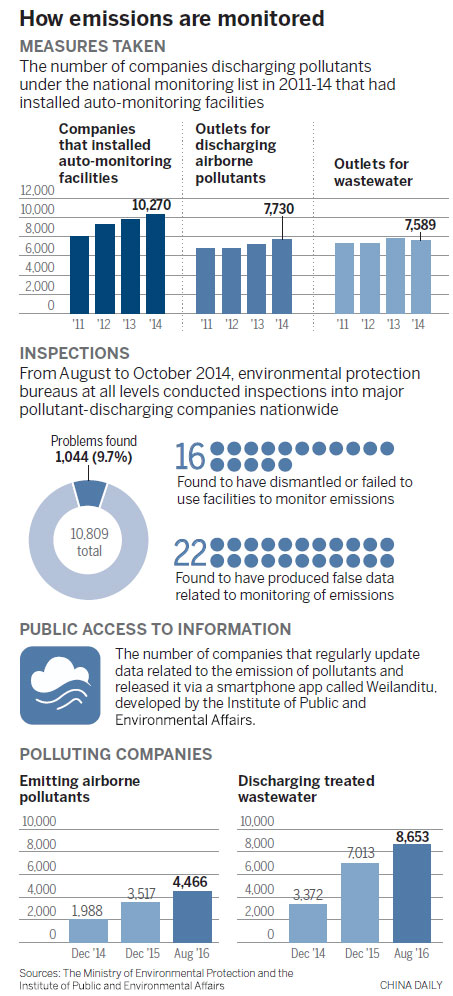# How Far Can a .223 Round Travel: Understanding Its Range and Impact
When exploring the capabilities of firearms, one question often arises: **how far can a .223 round travel**? This inquiry not only reflects a curiosity abou……
When exploring the capabilities of firearms, one question often arises: **how far can a .223 round travel**? This inquiry not only reflects a curiosity about the range of this popular cartridge but also highlights its applications in various shooting scenarios. In this article, we will delve into the factors that influence the distance a .223 round can travel, its effective range, and the implications for shooters.
## The Basics of the .223 Round
The .223 Remington cartridge, developed in the 1950s, is widely used in both military and civilian applications. It is known for its lightweight design and relatively low recoil, making it a popular choice for target shooting, varmint hunting, and even home defense. Understanding **how far can a .223 round travel** requires a grasp of its ballistic characteristics.
## Factors Affecting Range
Several factors influence the distance a .223 round can travel:
### 1. **Barrel Length**
The length of the rifle barrel significantly affects the velocity of the bullet. A longer barrel allows more time for the gases from the burning powder to push the bullet, resulting in higher speeds. Typically, a .223 round fired from a 20-inch barrel will travel farther than one fired from a 16-inch barrel.
### 2. **Bullet Weight and Design**
The weight and design of the bullet also play crucial roles. Heavier bullets may maintain energy better over long distances, while lighter bullets can achieve higher velocities. The bullet's design, whether it's a full metal jacket (FMJ) or hollow point, can also affect its aerodynamics and, consequently, its range.

### 3. **Environmental Conditions**
Wind, humidity, and temperature can all impact the trajectory of a .223 round. For example, a strong headwind can significantly reduce the distance a bullet travels, while a tailwind may help it go farther.
### 4. **Shooting Angle**
The angle at which a bullet is fired can affect its range. A bullet fired at a higher angle will generally travel farther horizontally than one fired straight. However, this must be balanced with the bullet's drop due to gravity.
## Effective Range of the .223 Round
When discussing **how far can a .223 round travel**, it's essential to differentiate between maximum range and effective range. The maximum range of a .223 round can exceed 5000 yards under ideal conditions, but this is not practical for most shooting scenarios.

The effective range, where a shooter can accurately hit a target, typically falls between 300 to 600 yards, depending on the shooter's skill level and the rifle's setup. For varmint hunting, 300 yards is often considered a practical limit, while competitive shooters may effectively engage targets at distances of 600 yards or more.
## Practical Applications
Understanding **how far can a .223 round travel** is crucial for various applications:
### 1. **Hunting**
Hunters using .223 rifles must consider the effective range to ensure ethical shots. Knowing the distance at which they can accurately hit a target helps in making responsible decisions in the field.
### 2. **Target Shooting**

Competitive shooters benefit from understanding the ballistic performance of the .223 round. This knowledge allows them to make informed choices about ammunition and rifle setups to maximize their performance.
### 3. **Self-Defense**
For home defense, the range of a .223 round is a consideration. While it can be effective at longer distances, the shooter must also be aware of what lies beyond their target to prevent unintended consequences.
## Conclusion
In summary, the question of **how far can a .223 round travel** is multifaceted, influenced by various factors including barrel length, bullet design, environmental conditions, and shooting angles. While the theoretical maximum range may be impressive, practical applications often dictate a more conservative effective range. Understanding these dynamics not only enhances shooting skills but also promotes responsible firearm use. Whether for hunting, target shooting, or self-defense, knowledge of the .223 round's capabilities is invaluable for any shooter.